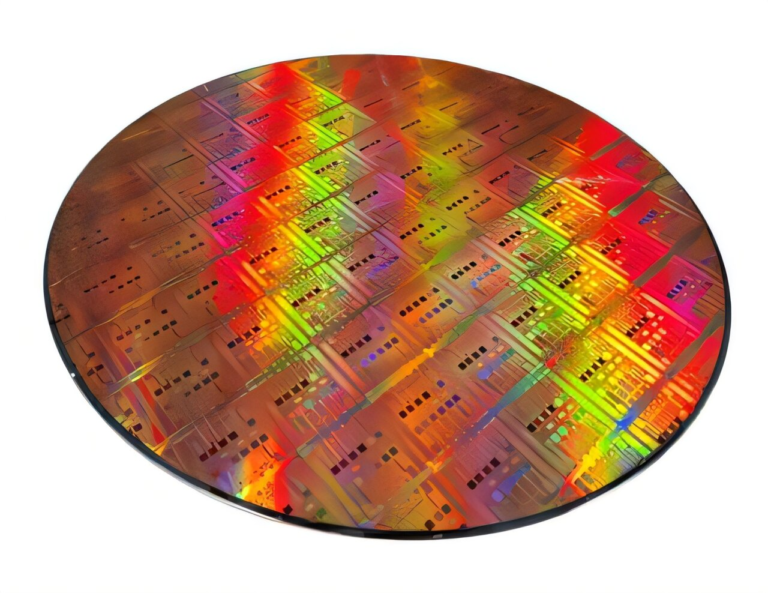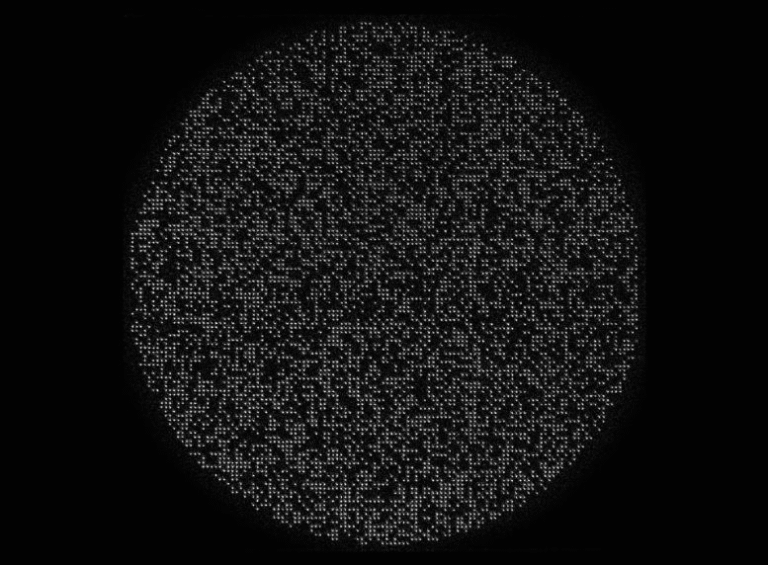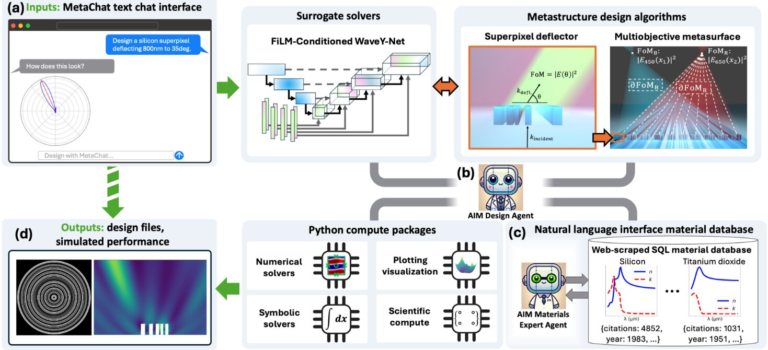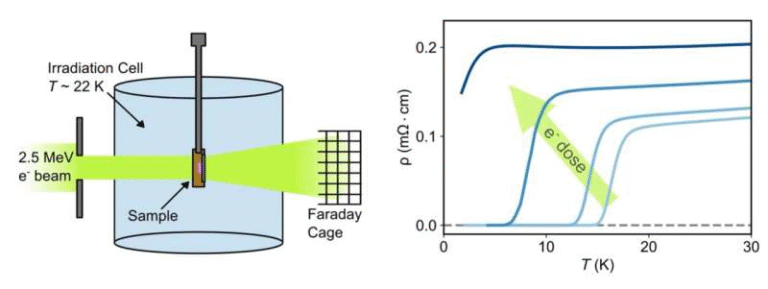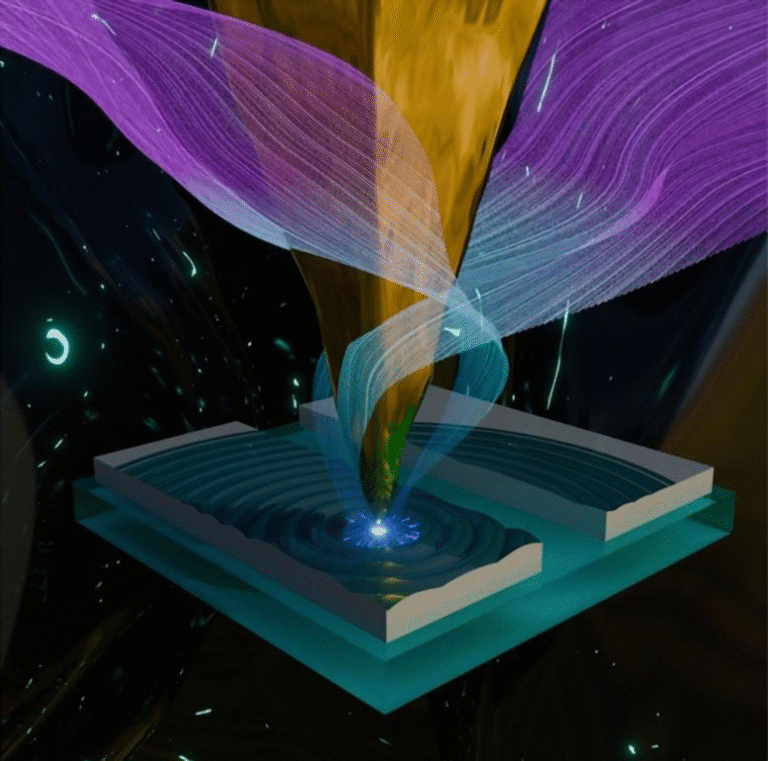Google’s Quantum AI Team Observes a Strange New Phase of Matter

Scientists from Google Quantum AI, the Technical University of Munich (TUM), and Princeton University have announced a remarkable discovery: they have successfully created and observed a new phase of matter on a quantum computer.
This achievement, recently published in Nature (September 2025), showcases how quantum processors can act as laboratories for uncovering physical phenomena that go beyond the limits of classical equilibrium physics.
What Exactly Was Observed?
Matter typically exists in familiar phases: solid, liquid, gas, or plasma. These are equilibrium phases, meaning the system is stable and balanced over time. However, there’s a much stranger category called non-equilibrium phases of matter, which only appear when a system is driven out of its natural resting state.
The new research focused on one such case: Floquet topological order. In a Floquet system, particles are subject to periodic driving—a repeating cycle of energy input. This kind of system doesn’t settle into equilibrium. Instead, it creates entirely new types of order that cannot exist under normal conditions.
Using a 58-qubit superconducting quantum processor, the team realized a Floquet topologically ordered state. This type of state had been theorized but never observed experimentally.
Key Features of the Discovery
1. Directed Motion at the Edge
One of the standout observations was chiral edge motion. In simple terms, this means that certain quantum states moved in a directed, one-way fashion along the edge of the system. This property is a hallmark of topological phases and is difficult to produce or observe outside a quantum setting.
2. Anyonic Transmutation
Another fascinating result was the observation of anyonic transmutation. In topological quantum systems, excitations called anyons appear. They are not ordinary particles like electrons or photons but quasiparticles with unusual properties.
In this experiment, the researchers saw anyons dynamically transform into each other over time—specifically, “electric” anyons turning into “magnetic” anyons and back again. This transformation happened with twice the period of the system’s driving cycle, creating a phenomenon that scientists sometimes call an anyonic time crystal.
3. Interferometric Algorithm
To confirm and measure these transformations, the team developed a new interferometric algorithm. This approach allowed them to probe the system’s topological invariants—quantities that reveal the underlying order of a topological phase.
By defining a bulk order parameter that oscillates between +1 and –1 with every two cycles, they could directly track the anyonic transmutation. This provided strong evidence for the existence of Floquet topological order.
4. Large-Scale Implementation
Crucially, the team carried out these measurements on up to 58 qubits, which is a large and complex system by current quantum hardware standards. The size and entanglement in the system made it intractable for classical supercomputers to simulate, proving the necessity of quantum processors for this kind of physics.
Why This Matters
This work demonstrates that quantum computers are not only tools for computation but also experimental platforms for discovery. Highly entangled, non-equilibrium phases of matter are impossible to fully explore with classical computing resources. By contrast, quantum processors naturally host these dynamics.
The implications are wide-ranging:
- Fundamental Physics: This experiment is one of the first direct realizations of a non-equilibrium topological order. It opens the door to exploring an entirely new landscape of phases of matter.
- Quantum Technologies: Understanding topological phases is vital for developing robust quantum error correction and potentially fault-tolerant quantum computers.
- Scientific Methodology: The ability to design and test exotic states of matter on demand, using programmable qubits, signals a new era where quantum processors act like experimental laboratories.
Technical Breakdown of the Experiment
The Floquet Kitaev Model
The researchers implemented a version of the Kitaev model—a famous exactly solvable model in condensed matter physics that supports topological order—adapted to a periodically driven (Floquet) scenario.
In this setup:
- The bulk of the system contained three types of anyons: electric (e), magnetic (m), and fermions (ψ).
- Periodic driving caused fermion parity flips within certain regions, leading to the transmutation between e and m anyons.
Measurement Techniques
They defined an electric loop operator around a central plaquette (a square in the qubit lattice). This operator monitored the presence of flux defects and tracked how anyons evolved in time.
The measured order parameter η(N) oscillated with a two-cycle period in the Floquet topologically ordered phase. This provided a clear experimental signature distinguishing the phase from other non-equilibrium states.
Phase Diagram and Stability
The team went further by mapping a phase diagram of the system. By tuning parameters like drive strength and disorder, they explored how stable the Floquet topological order was.
Their data showed that the new phase remained robust under moderate noise and imperfections, persisting for a significant prethermal timescale before heating effects eventually disrupted it.
A Step Beyond Classical Simulation
One of the most striking aspects of this experiment is its inaccessibility to classical computation. Simulating 58 qubits with complex, time-dependent entanglement is beyond the reach of even the most advanced classical algorithms.
This reinforces the unique value of quantum processors: they can natively explore dynamics that would otherwise remain theoretical. Just as particle accelerators unlocked high-energy physics, quantum processors are now emerging as platforms for discovering phases of matter that would be invisible otherwise.
Broader Context: What Are Non-Equilibrium Phases?
To better appreciate this discovery, let’s take a moment to understand what makes non-equilibrium phases special.
- Equilibrium phases (like ice, water, or magnets) are well-described by thermodynamics. They remain stable as long as external conditions like temperature or pressure stay constant.
- Non-equilibrium phases, however, only exist when the system is continuously driven, often in periodic cycles. Instead of reaching a resting state, they exhibit persistent dynamics and sometimes entirely new forms of order.
One famous example is the time crystal, a state where particles organize themselves in repeating patterns in time rather than space. The anyonic time crystal behavior observed here is a close cousin of that idea, but in the much richer framework of topological order.
Broader Context: What Are Anyons?
Another concept worth highlighting is that of anyons.
- In classical physics, particles are either bosons (like photons) or fermions (like electrons).
- In two-dimensional quantum systems, however, particles can be neither bosons nor fermions. Instead, they are anyons, with properties that fall between or beyond the two categories.
Anyons are important because they could be harnessed for topological quantum computing. Unlike ordinary qubits, which are fragile, anyonic states are more resistant to local disturbances, offering a pathway to fault-tolerant computation.
The fact that this experiment showed anyons changing identity dynamically under periodic driving is not just a curiosity—it suggests ways of manipulating anyons that might be useful for future quantum devices.
Where This Might Lead
The discovery of Floquet topological order on a programmable quantum processor is not the end but the beginning. Future directions include:
- Scaling up to larger qubit arrays to test robustness.
- Using similar methods to realize other exotic non-equilibrium phases.
- Exploring connections between Floquet phases and quantum error correction, since both rely on topological protection.
- Developing algorithms that exploit time-periodic topological phenomena for practical applications.
Final Thoughts
This work illustrates the dual role of quantum computers: they are not only computational engines but also scientific instruments. Just as microscopes revealed hidden biological structures and telescopes expanded our view of the cosmos, quantum processors are now revealing hidden landscapes of matter that exist only in the strange world of quantum mechanics.
This isn’t just an incremental advance. It represents a shift in how physics can be explored—from blackboard theory and limited lab experiments to programmable quantum simulations that bring exotic ideas into observable reality.
Reference
Research paper: Probing non-equilibrium topological order on a quantum processor (Nature, September 10, 2025).
